What should a baby wear to bed?


Everything you need to know about a baby's sleeping wear, how to dress baby for sleep and how it impacts the baby's comfort.
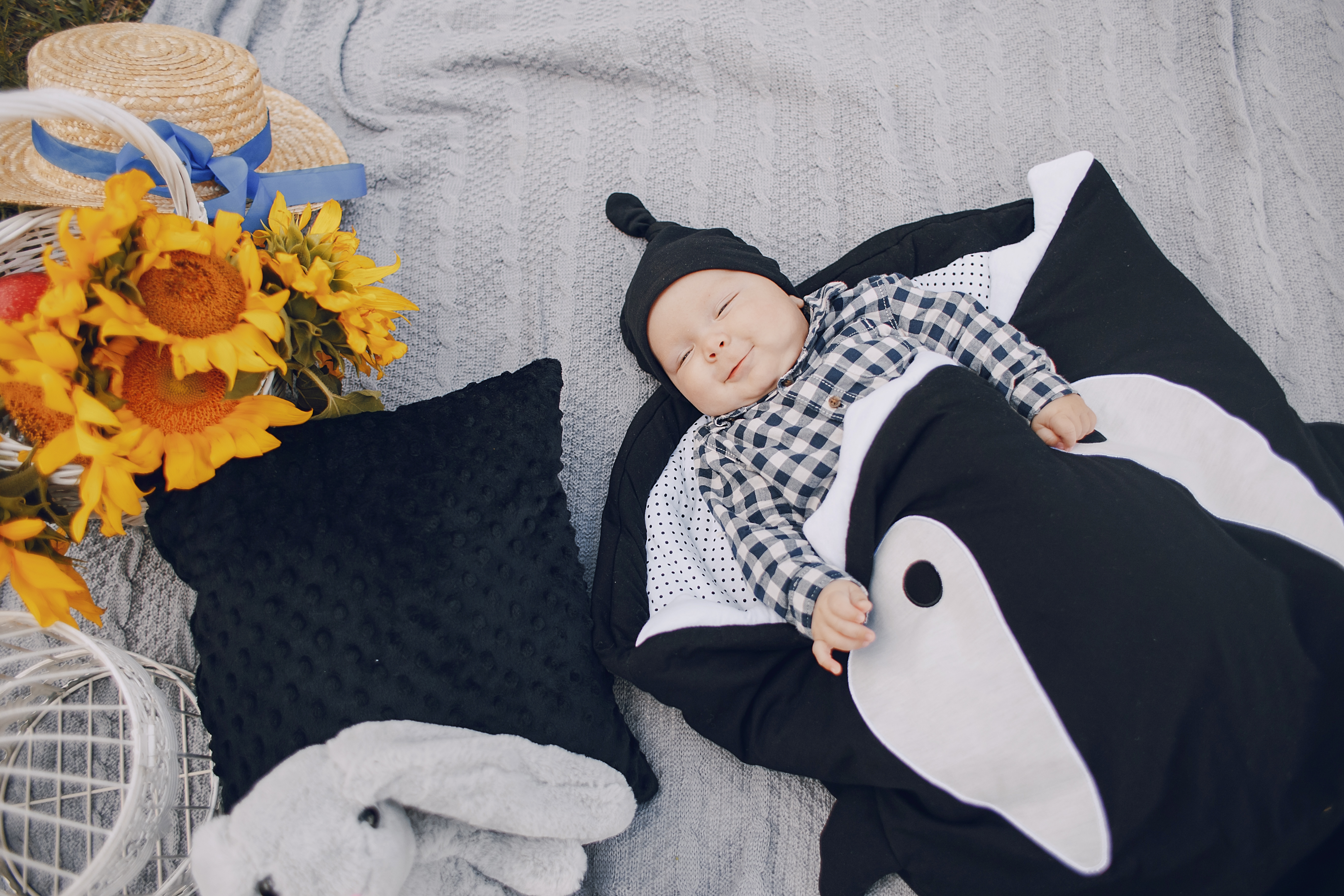
What should your baby wear for sleep? Most parents are not aware and may come up with overly simplistic answers, e.g., loose blankets or trousers, etc. People may not know that the heat regulation and thermal comfort of babies are different from adults.
As the baby develops and grows, the sleepwear also evolves. What types of sleepwear are available for your baby? What should you consider while choosing sleepwear? How you can improve the quality of sleep and comfort of your baby? Let's explain.
Over time, various rules for dressing babies have developed and are recommended by paediatricians. Some general rules to be considered are;
Babies sleep more comfortably and safely when they are feeling neither cold nor hot. Babies however don't like blankets. There are many reasons for this, e.g., it may be too heavy for them, it may be too warm, or the baby is not yet ready for it. Blankets are not recommended for babies under 12 months of age as they are among the risk factors for sudden infant death syndrome (SIDS).
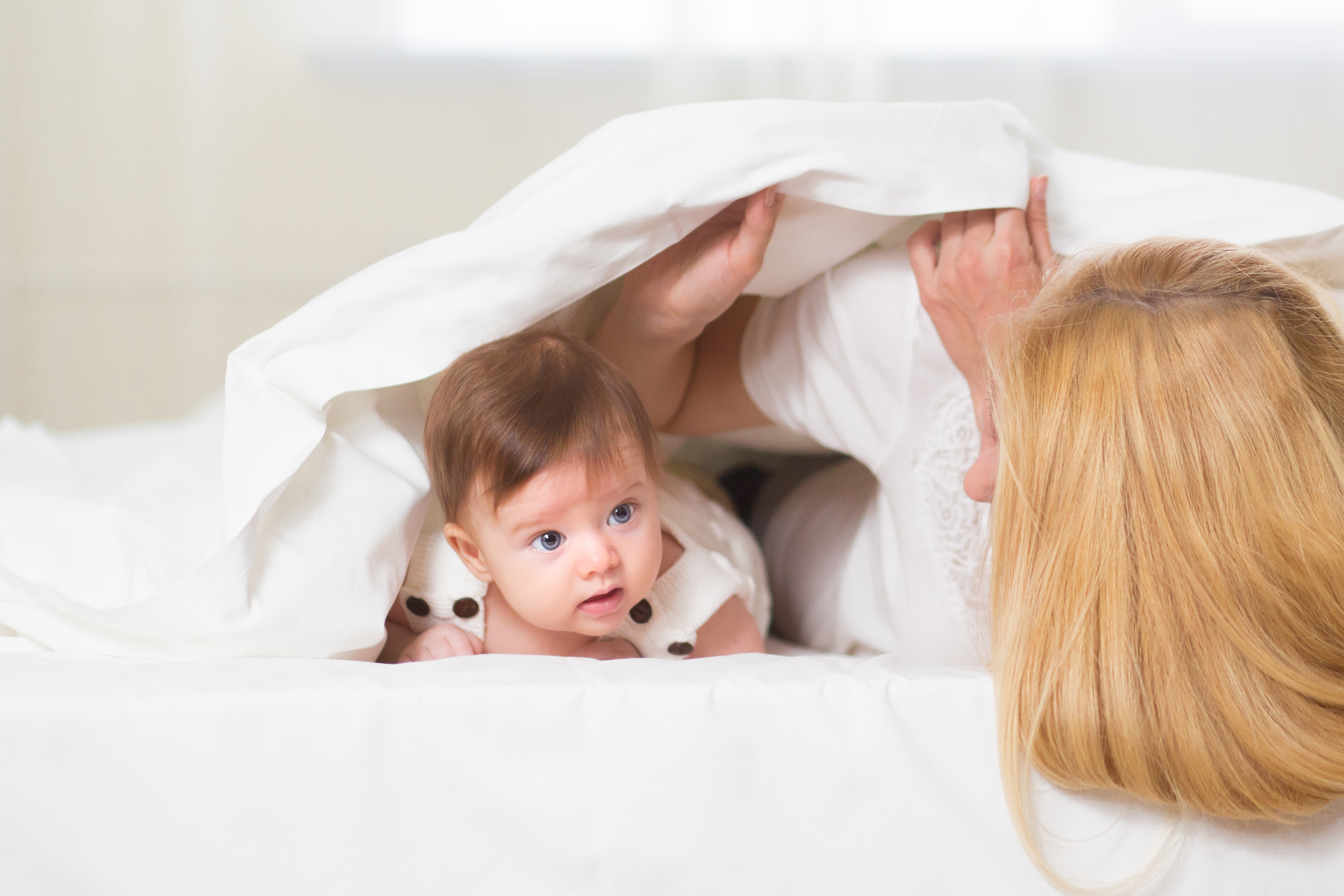
Therefore, use enough dressing to keep them warm in winter months without blankets. If wraps are to be used, muslin or cotton should be used. A baby sleeping bag can also be helpful.
The best temperature for a baby's sleeping room is 20-22 degrees Celsius (68-72 Fahrenheit). Adjusting the baby's clothing is preferable to cooling or heating the room. If a heating or cooling system is necessary, use it only when the baby is not in the room. It is essential as these appliances can cause the room humidity to change, to the detriment of the baby. Also, only use cool water bottles or an electric blanket.
The thermal comfort of babies is also reflected in their bodies. Many people use the temperature of feet and hands, but this is not recommended as the extremities are often cool even when the baby is under heat stress. It is because the circulatory system of infants is not yet fully developed.
Feeling the back or tummy is good practice for judging the baby's body temperature. It should be 36.38 degrees Celsius (97.5 F) with minor variations.
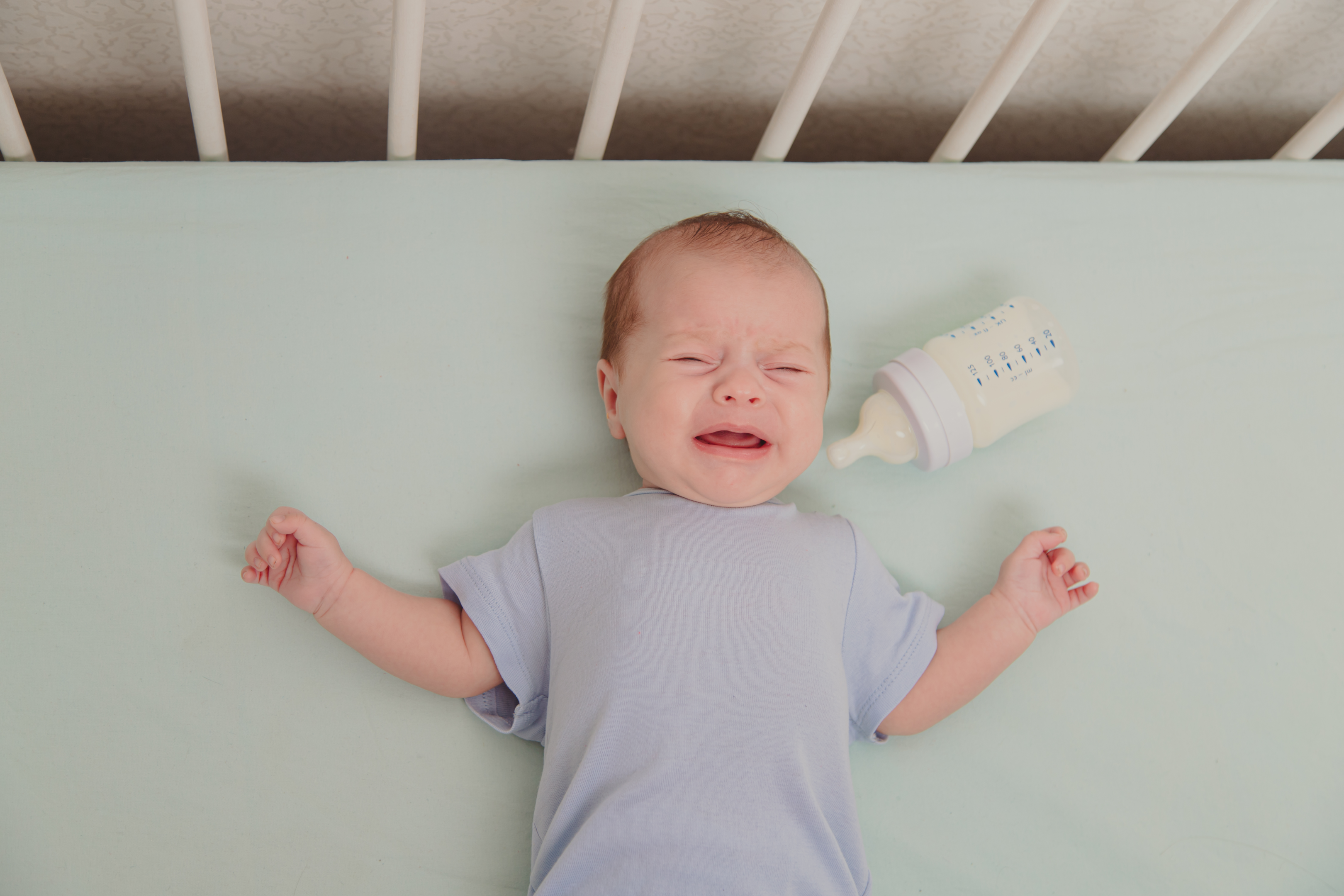
Rather than thick pyjamas, it is better to dress the baby in layers of neatly fitting clothes. The layers can be added or removed according to the temperature fluctuations. It will facilitate you by allowing you to react quickly to any situation.
You often need to change the diapers regularly, particularly during the initial days of the baby's life, and you may need to wake up repeatedly for this purpose. Therefore, place the zippers and snaps strategically to make these changes easy and efficient without exposing the baby to heat or cold stress.
Babies release heat from their faces and heads to cool themselves. If a baby falls asleep while wearing beanies or hats, there is a risk that it may become overheated. Therefore, keeping the head uncovered while sleeping is essential, as headwear can pose the risk of suffocation or choking.
There is nothing like an ''idea sleep wear''. There are a lot of dressings which qualify as baby sleepwear if they are used according to the recommendations.
The recommendations for different clothing are;
Wrappings are helpful to settle the babies for sleep. They also allow them to assume safe sleeping positions on their backs. Use muslin wraps or lightweight cotton wraps if you choose to do so. Also, ensure that the wrappings don't extend beyond the shoulder of the baby and they are not covering the chin, ears or head, as such high wrappings can cause overheating and disrupt breathing.
The wraps should also not be too tight around the baby's head, hips and chest so that there should be ample room for the baby to extend their limbs. Wrapping the chest and legs too tightly can result in breathing difficulties. Use a singlet or nappy under the wrapping in the warmer weather, while lightweight grows can be added in the colder weather.
The wrappings can be used from birth until about four months of age when babies show signs that they can roll themselves onto their bellies. With the start of rolling activity, the wrappings will not work anymore.
Another excellent option for dressing the baby for bed is the baby's sleeping bags. An adequately fitting sleeping bag is one of the best ways to keep the baby's face and head uncovered. The infant sleeping bag is also helpful for;
Reducing the risk of dangerous sleeping accidents and sleep-related infant deaths (e.g., sudden unexpected death in infants, SUDI)
Stopping the baby from rolling on their bellies during sleep
Containing the baby's legs, so they shouldn't hang out from the cot rails.
Make sure that the bag is large enough, so there is little risk of slipping down into the sleeping bag and getting completely covered. A sleeping bag with armholes and a fitting neck and without a hood is also recommended. Some of the sleeping bags come with a thermal grade rating (TOG value) which can help you to decide the best sleeping bag for various temperatures.
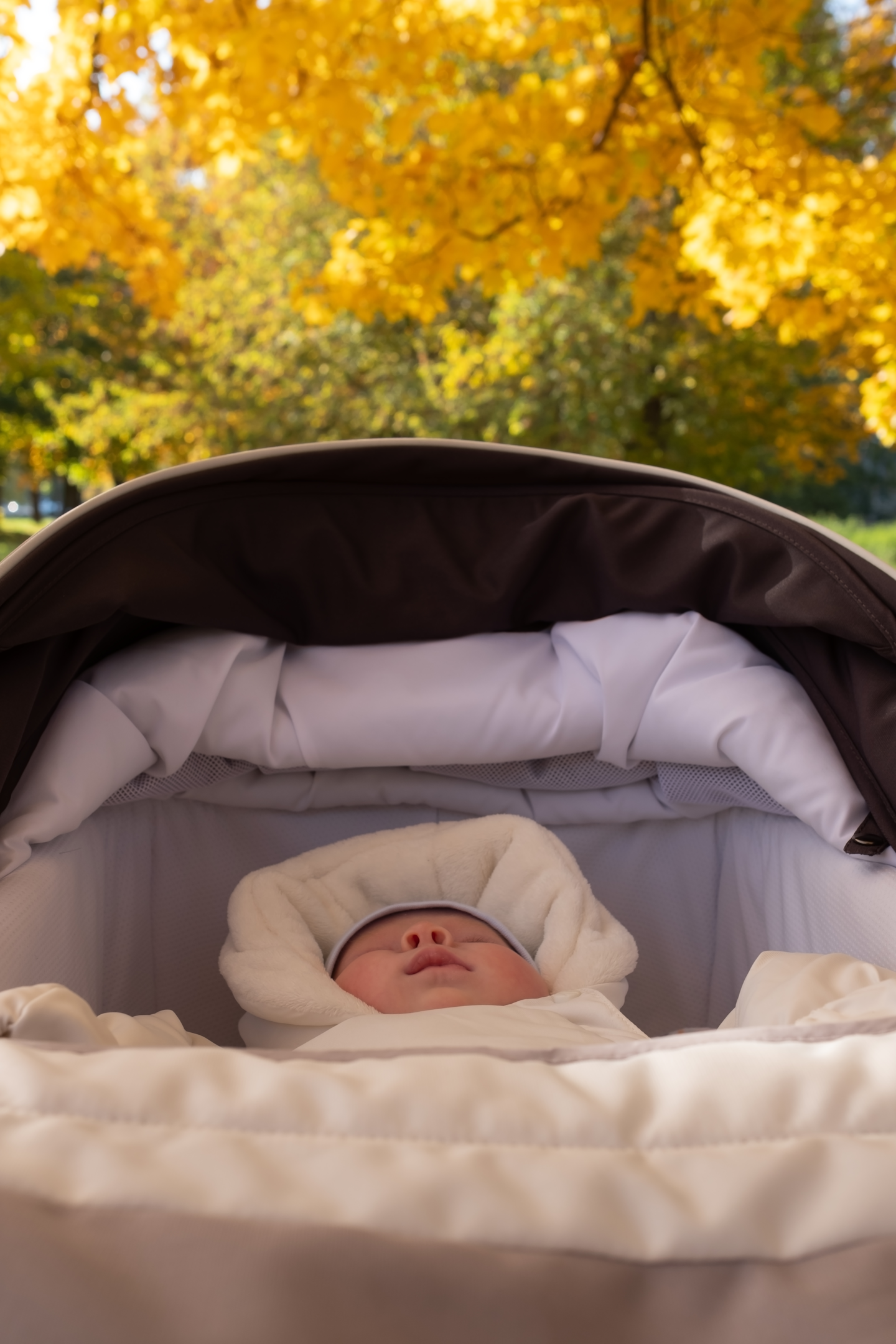
However, the TOG rating is just for guidance and shouldn't be used as a safety standard. Besides the TOG rating, the instructions provided in the user manual that comes with the bags should also be followed to achieve the best results. But, these instructions should also be used for guidance only and you should be more concerned with the temperature of the baby's room.
Sleeping bags no longer remain functional as the baby learns to roll over. You need a soft yet slightly tight-fitting dressing for your baby at this stage.
Some brands offer flame-resistant pyjamas for a baby under one year of age, made from a chemical-resistant fabric to reduce the fire risk. However, paediatricians are often concerned about the health and safety of these chemicals. They recommend using pyjamas made from natural materials or cotton, with a 'snug-fitting' label.
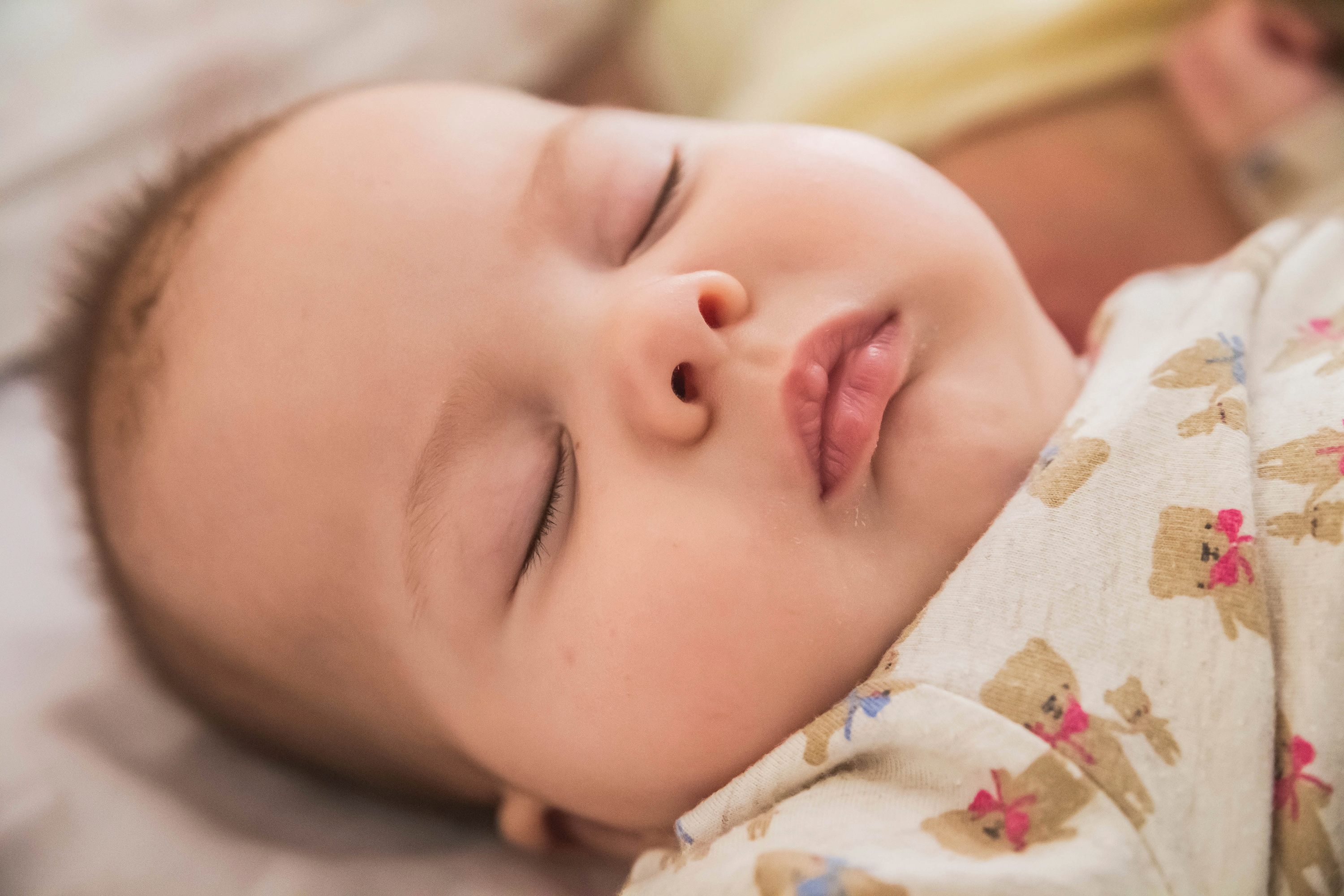
These pyjamas are not made from chemically treated materials but are designed to fit tightly to reduce fire risk. Snug pyjamas are also helpful as loose clothing can pose a danger by covering the face during sleeping.
Parents often confuse themselves when choosing between a sleeping bag and a swaddle. Swaddling is a practice in which the babies are wrapped gently in a breathable and lightweight blanket to allow them to fall asleep peacefully.
The sleeping sack is somewhat looser, and the arms of the babies are left free while the swaddle wraps the body, similar to a tight burrito. So, which one is better? The swaddle seems to be a more appropriate choice to dress your baby due to the following reasons;
Its breathable material is more comfortable for the baby.
Your baby will feel more secure with a swaddle. It also helps limit the startling response, thus allowing the baby to sleep more comfortably and soundly.
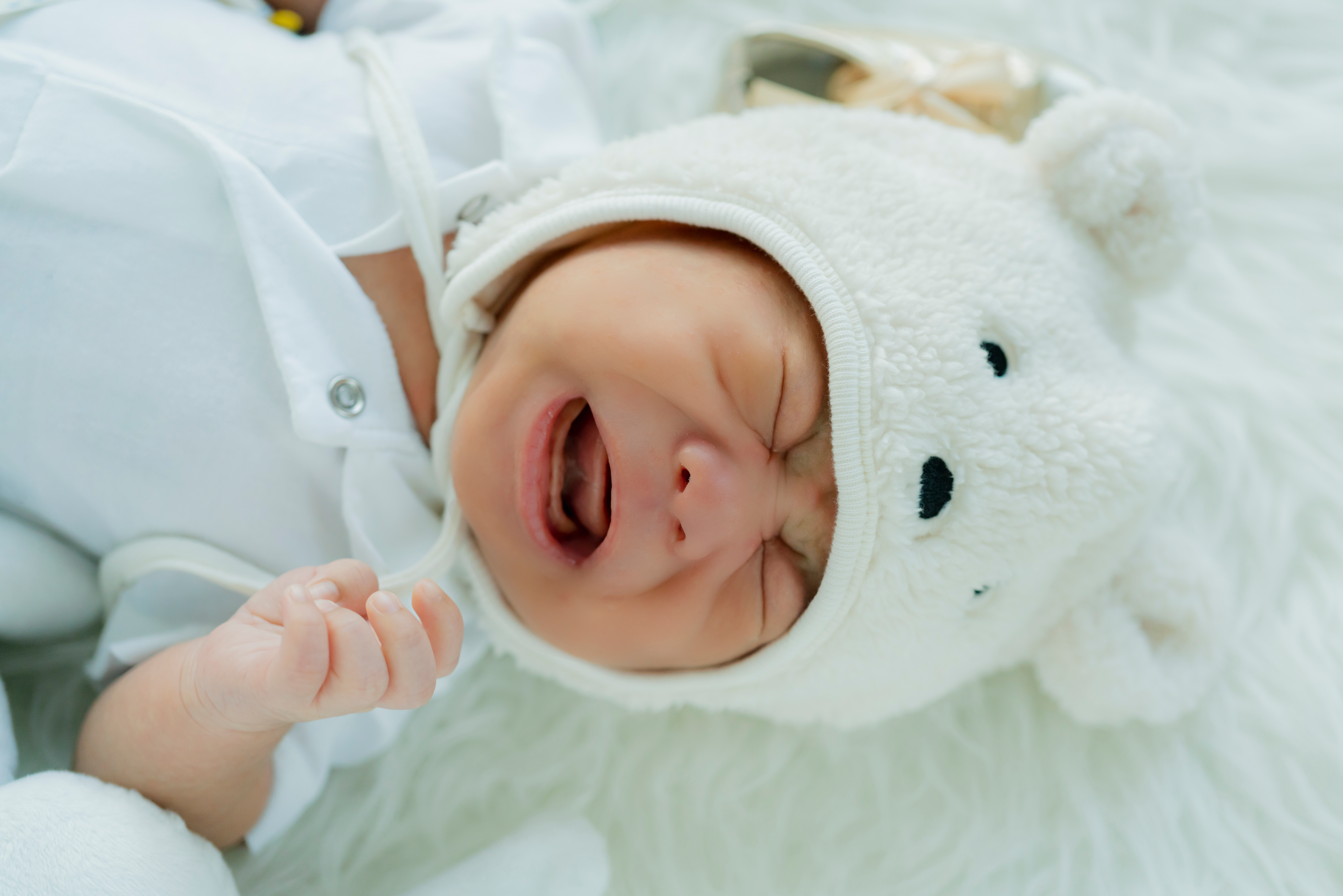
Points to be considered while using a swaddle
It will help if you keep the following things in mind while using the swaddle;
It restricts the movements of the baby and thus can be risky. For example, if the baby rolls over its belly inside a swaddle, they can be trapped in this position, increasing the risk of SIDs. The swaddled baby should be firmly on the back for more secure sleep.
Another critical point is to leave enough room to allow proper hip development. Moreover, to allow easy breathing, leaving a few finger gaps between the chest and the swaddle can be helpful. After 3-4 months of age, the babies start to learn to roll over the bellies, so it is best to stop using the swaddle by this time.
After 3-4 months of age, a sleeveless and wearable blanket can be helpful to keep the baby warm while allowing the hands to remain free to help in the rolling activity. It will also prevent the baby from being trapped.
The term 'toddler' refers to a child between 1-3 years of age. By this time, the baby's thermal comfort is changed, as are the dressing requirements for sleep. Important things to consider are;
The pyjamas for toddlers should be breathable, soft, and made from chemical-free fabrics. Synthetic fibres and fleece that don't breathe should be avoided.
The footed pyjamas can be used in winter or you can add a onesie or socks. If you choose snug-fit pyjamas, they shouldn't be too tight to restrict movements.
Let your toddler choose their favourite pyjama for the night and freely incorporate their choice into bedtime.
Most toddlers start using the blankets between 1-2 years of age. However, they habitually throw off the blankets and should be appropriately dressed for the night.
Sleep sacks can be helpful for toddlers if they are having too much trouble with the blanket. Check the suitability of the sleepwear to handle the fire hazard and also check for loose ties, broken zippers etc., to avoid strangulation and choking.
For school-aged children, comfortable pyjamas according to the temperature can be used. Regularly replace the pyjamas that have become worn out, threadbare, badly torn, rough or have many loose and hazardous parts.
Babies can't talk about their problems but they can send out physical messages. It is your job to decode these messages and decide about their comfort. Most parents learn quickly to understand the baby's cues.
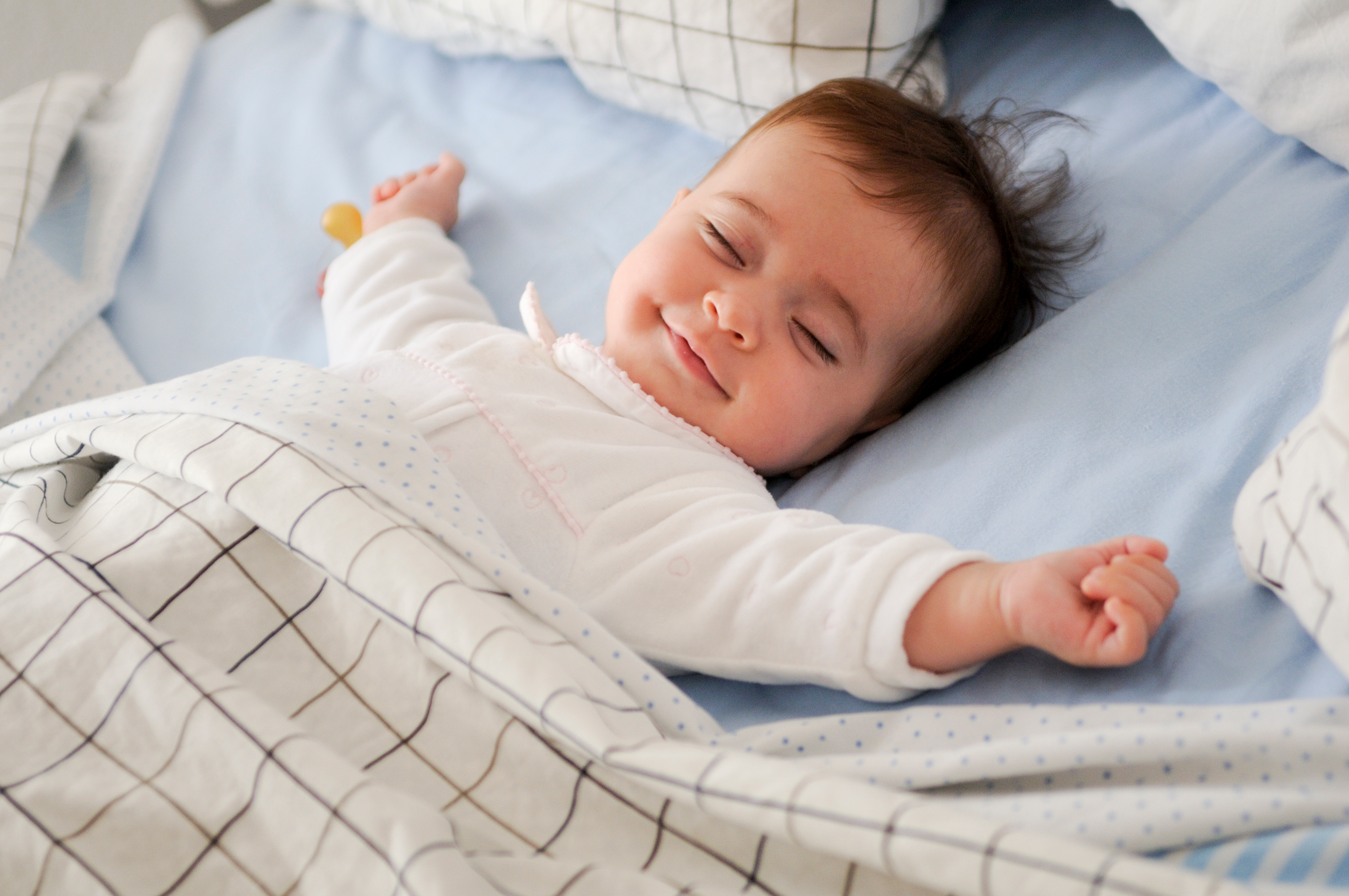
The following points will help judge the thermal comfort of the baby.
If the baby is well-fed but is still showing signs of distress, it could mean they are feeling too cold or hot.
You should also focus on other critical physical indicators, e.g., increased respiration, red cheeks, wet cheeks, rashes, sweat, etc., which are the signs expressed by an overheating baby. However, the extremities e.g., hands and feet may still feel cold as the circulatory system of the babies is still under development.
When you are doubtful, touch and feel the skin on the chest, belly or neck. You will need immediate cooling action if these areas are warm or wet. Remove one layer and lower the room temperature as the overheating is associated with SIDs.
Keep monitoring after regular intervals. Overheating may not be a big issue in itself. However, you need also to check for cooling.
If you notice that the hands or feet are too cold and appear slightly blueish, it is a sign of cooling, and you need to add an extra layer or turn on the heater.
Avoid panicking and wait, as the toes will return to normal within a few minutes.
However, remember that all signs of distress at night are not related to dressing issues, and many more factors can be responsible. One such condition is silent reflux in which the stomach contents backflow into the food pipe and even into the mouth leading to severe stress.
Read more: What is silent reflux in babies?
Another possible cause of stress could be colic, a pain in the abdomen. It is a common issue experienced by both bottle-fed and breastfeeding babies. We have a beneficial product known as 'infacol' to cure this condition.
Read more: When to use infacol?
Although the role of dressing is paramount, there are a lot of other factors to be considered. Here are some valuable tips that will increase your baby's comfort during naps and night sleep.
The baby should be placed on a firm surface on their back. However, when the baby learns to roll over their belly, there is nothing to worry about.
As soon as the baby learns to roll, you should leave the swaddle as it restricts the movements of the baby's arms, which are needed to flip correctly.
The use of a fan is crucial, particularly during moderate weather. It not only causes air circulation but also reduces the danger of SIDS.
The bassinet of the crib should be free of stuffed animals, positioners, wedges, pillows, blankets, bumpers etc. There should only be the pacifier alongside the baby.
Keep the baby in your own room if possible for at least 6-12 months. The studies have noted that sharing a room reduces the risk of SIDS by almost half. However, sharing the bed is not recommended, and the baby should be in a separate bassinet or crib.
Many parents tend to underestimate the importance of bedding at night. But, it has a lot to do with the baby's comfort and providing a safe infant sleeping environment. Although many variable factors are involved, the choice of pyjamas or swaddles is an essential factor to consider. All these factors will ensure a trouble-free night for you and your little one.
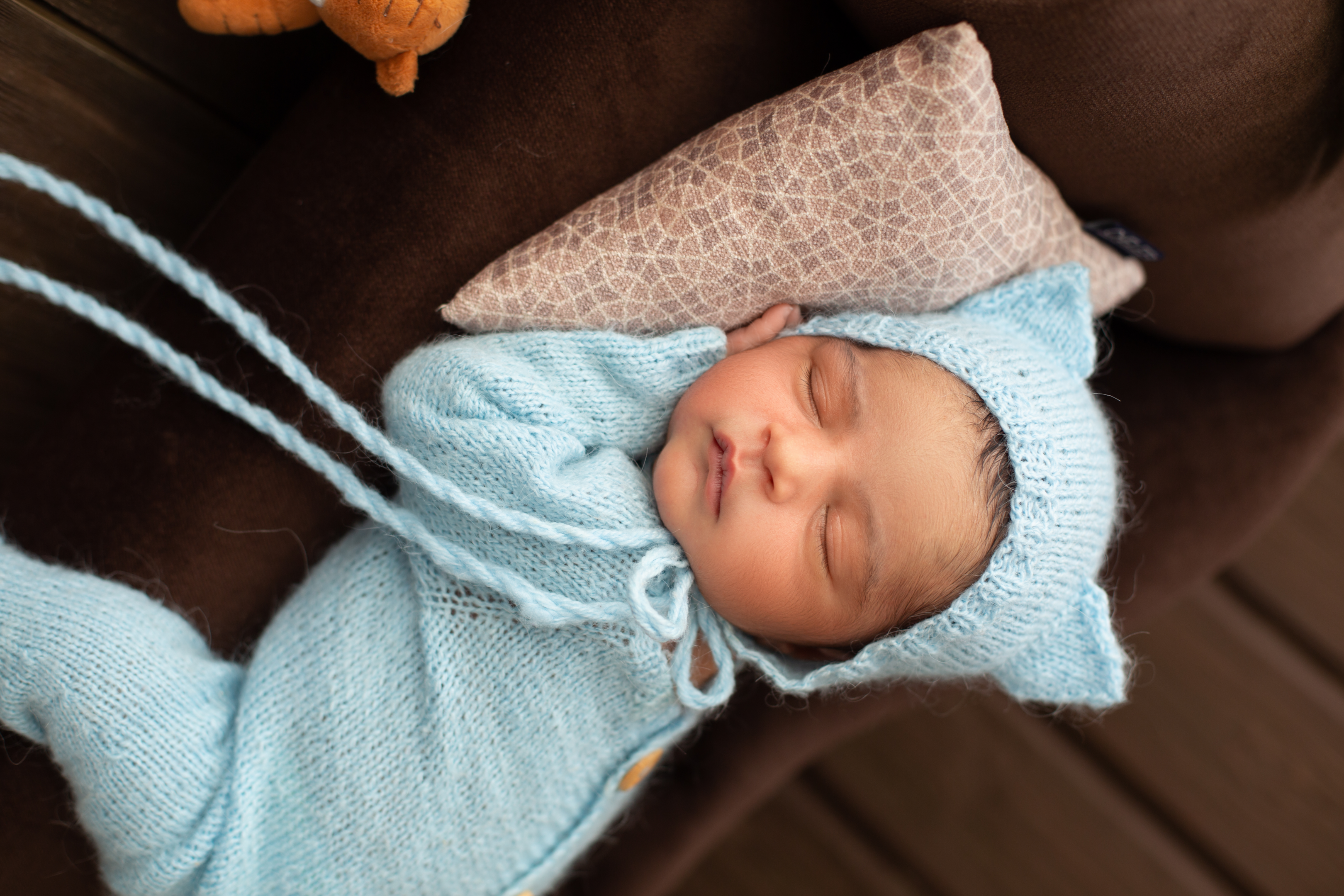
During sleep, the baby's chest, hip and neck should be free to move, and the head should not be covered with any warm clothing.
The parents are often highly concerned about the baby's health, but they seldom know how about the products available to deal with any unexpected situation. Our Welzo online store has many products related to baby and child health. These products include medicines, nutritional supplements and skin products. Click here to explore the products and order your desired one.
If you need any assistance with how the baby sleeps and other issues related to the health and care of your lovely little soul, click here for consultation.
Plus get the inside scoop on our latest content and updates in our monthly newsletter.